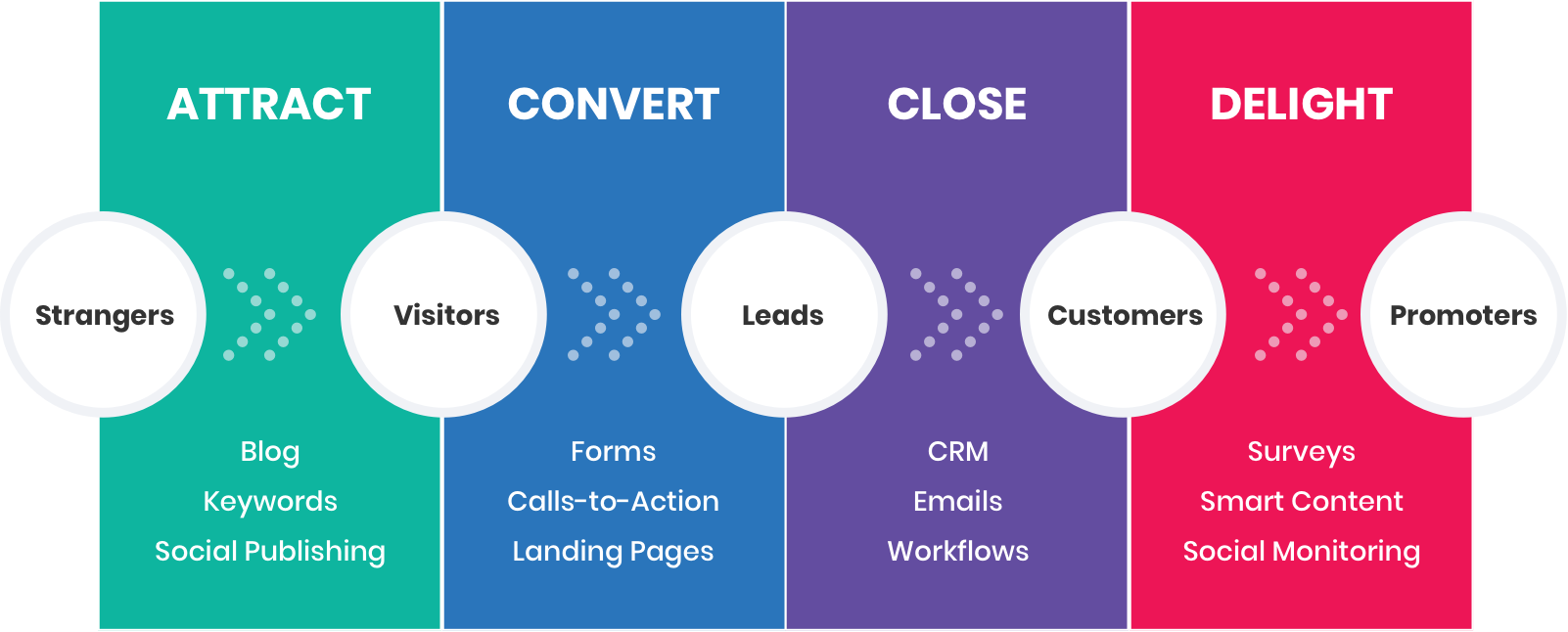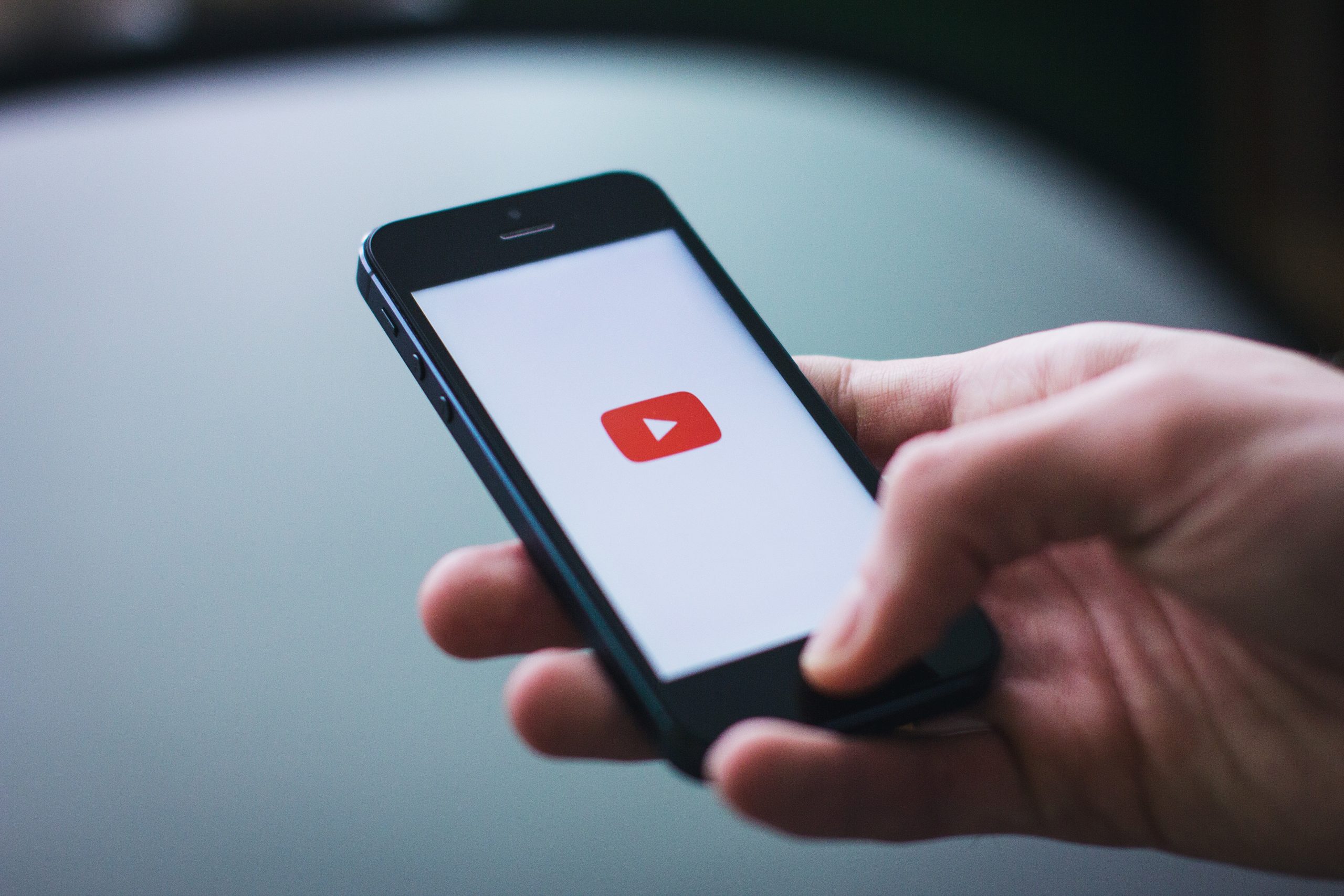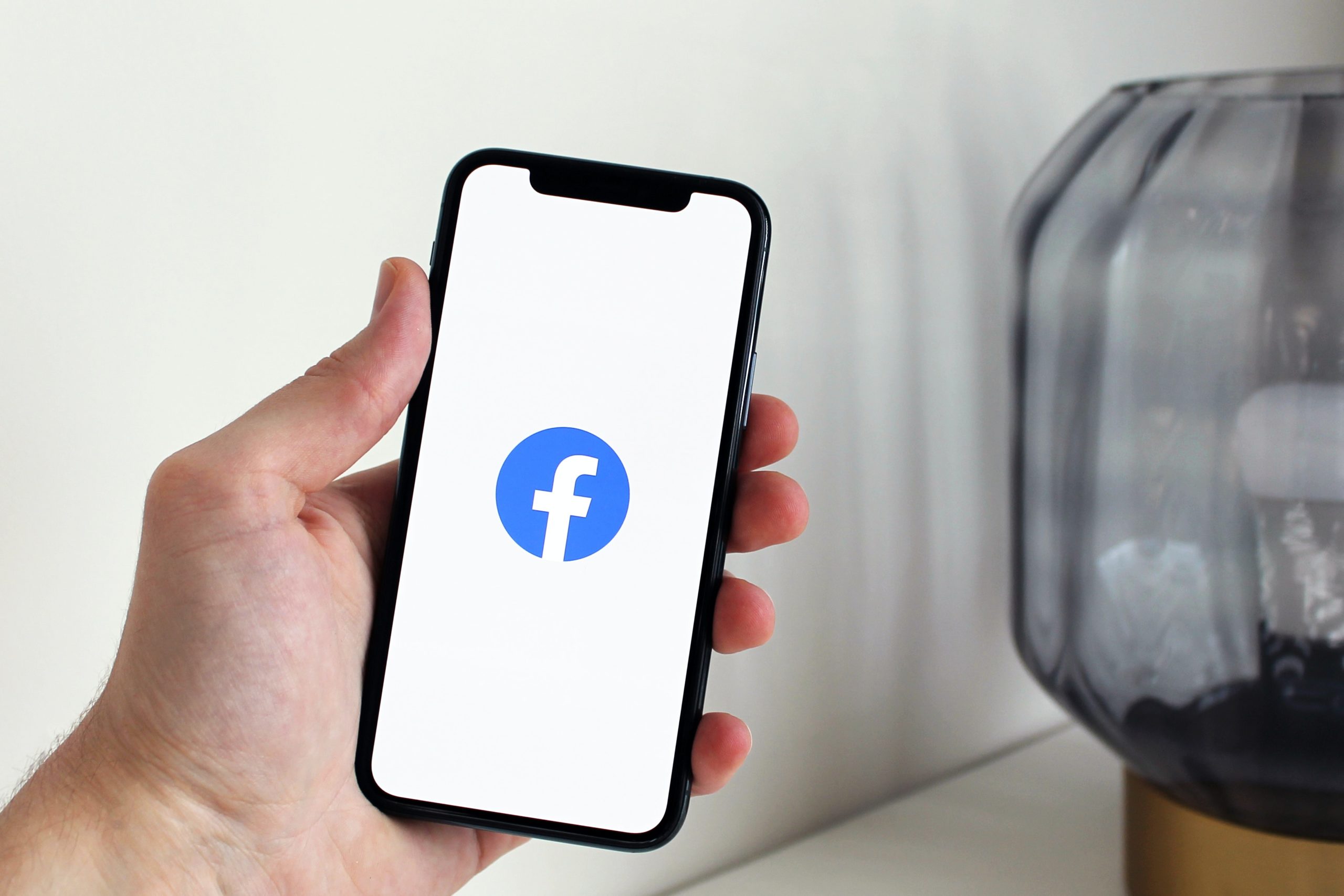The two most common marketing strategies are inbound and outbound marketing, also known as new and old marketing, respectively. In this blog we’ll take a look at both inbound and outbound marketing and the advantages and challenges of each strategy.
Inbound Marketing
Inbound marketing is a strategy that utilizes many forms of pull marketing, for example; content marketing, blogs, events, SEO, social media and more. This strategy attracts customers by creating valuable content and experiences tailored to them. The primary goal of inbound marketing is to create brand awareness and generate new leads.

The image above depicts the process of an inbound marketing strategy. It involves attracting consumers with relevant content, converting these consumers into leads using call-to-actions, and closing the sale with these new customers. The final stage is the ultimate goal; it involves transforming these customers into returning and loyal customers.
Advantages of Inbound Marketing
- As consumers were actively seeking you out, they have already displayed an interest in your business. This means that they are closer to becoming leads than those consumers who have only been exposed to outbound marketing strategies.
- Your marketing provides value for these consumers and communication with them is an interactive two-way process. This helps to build long-term relationships with customers and establish your credibility in the marketplace. It also means that they want to view or read your content because it offers them something of value.
- Inbound marketing strategies are typically very easy to measure, meaning you can see what works or doesn’t work and adjust your budget accordingly.
- It can also be more cost-effective to use inbound marketing.
Disadvantages of Inbound Marketing
- Inbound marketing requires you to invest a lot of time and effort into keeping content fresh, consistent, and updated.
- Many inbound marketing strategies can be very competitive.
- It can take time to see results. Neil Patel spoke about this:
“Keep in mind that Inbound marketing is a long term approach that sets up your business to organically generate leads and practically run on autopilot.”
Outbound Marketing
Outbound marketing pushes a marketing message to a large amount of people, regardless of their specific relevance. This strategy utilizes forms of push marketing, often interrupting consumers with the message. For example, an ad in a newspaper. The marketer may have a broad idea of the audience that reads the newspaper doesn’t know exactly and has no control over who it reaches. Other examples include out-of-home advertising, like billboards or bus stops, radio ads, TV ads, cold calls and more.
Advantages of Outbound Marketing
- Outbound marketing can help build brand awareness and discover new audiences by reaching consumers who haven’t heard of your brand.
- While there are of course offline inbound marketing strategies, like hosting free seminars or demos, the majority of popular inbound marketing practices take place online. Outbound marketing can be useful for reaching audiences that are not always online.
Disadvantages of Outbound Marketing
- It has become habit for consumers to tune out outbound marketing. For example, many consumers skip TV ads or unconsciously ignore ads in newspapers.
- It’s difficult to actually measure the effectiveness of a lot of outbound marketing strategies.
- Compared to inbound marketing, outbound marketing can be a lot more costly to run.
In summary, inbound marketing is a targeted approach to reaching consumers, whereas outbound marketing is focused on the quantity of consumers you reach rather than the quality, or relevance.
Inbound marketing is a more cost-effective approach and allows you to reach the right consumer with the right message.








